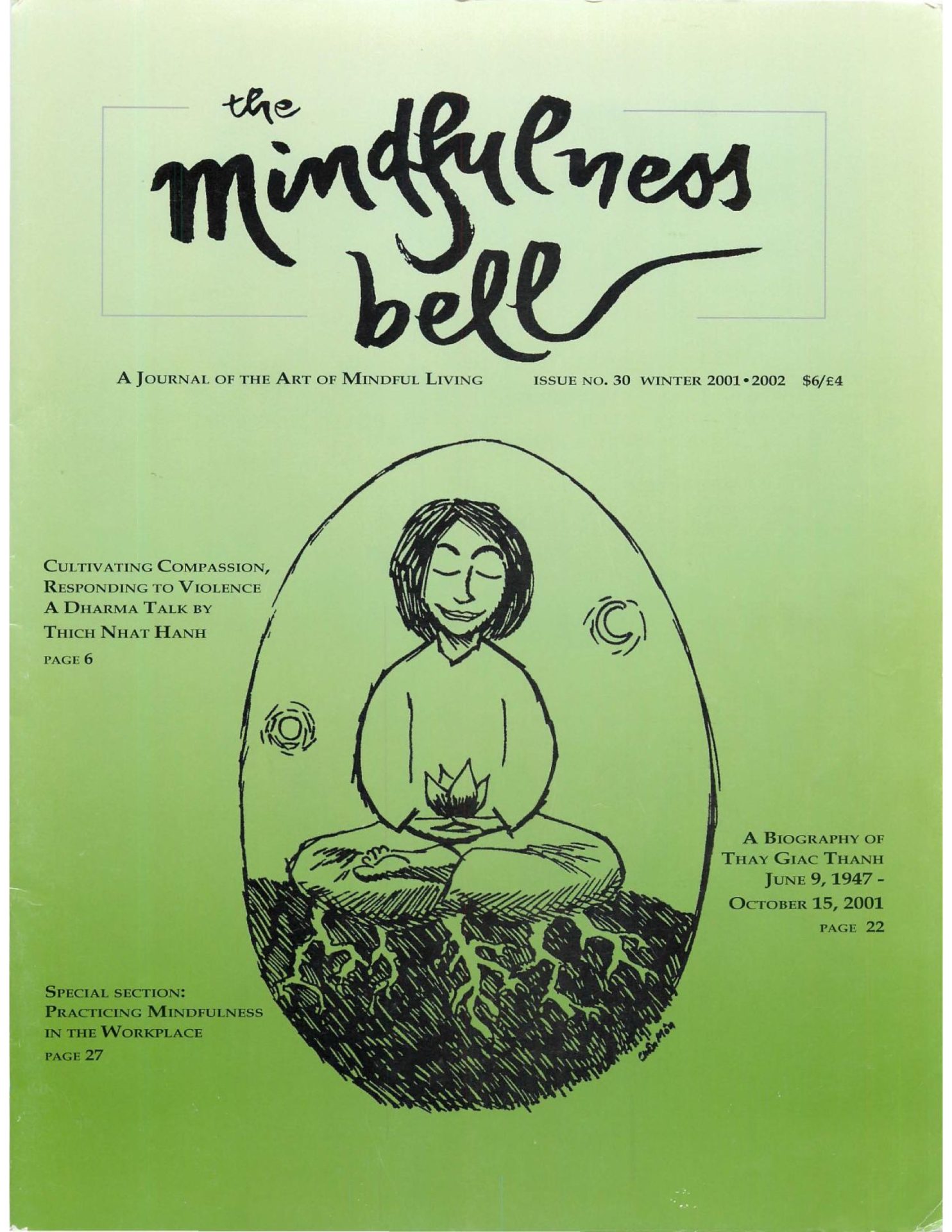Chan Huy – Montreal, Canada
I am back to work after a two-year sabbatical. I am an engineer, a construction project manager for a federal department in Canada. I work with a team of consultants, architects, engineers, contractors and in-house resources specialists. This team changes with each new cycle of the work project.
I went back to work primarily because I needed the income, but I feel very happy at work, much more than I was before the sabbatical.
Chan Huy - Montreal, Canada
I am back to work after a two-year sabbatical. I am an engineer, a construction project manager for a federal department in Canada. I work with a team of consultants, architects, engineers, contractors and in-house resources specialists. This team changes with each new cycle of the work project.
I went back to work primarily because I needed the income, but I feel very happy at work, much more than I was before the sabbatical. When I was at work before, I would think of the good time I could be having doing something else, and that is what made me unhappy. Thay's teaching on the Here and Now is a key to my happiness at work. Yes, I am very happy when on retreat with the monks and nuns, or meeting with Sanghas or doing social work. But I can also be happy wherever I am when I am not caught in the idea that I could be somewhere else, doing some other more "glamorous" world-saving work.
Each morning I practice waking up slowly with the smiling gatha, mindfully walking to the bathroom, mindfully brushing my teeth, and I enjoy a ten-minute morning meditation. I give myself a lot of time to drive to the office and I often use Thay's gift to us Quebecers. Our license plates say "je me sou viens" (I remember) and Thay suggested that we breathe and smile whenever we read a license plate.
In the office, I practice with the electronic bell of mindfulness that rings every fifteen minutes on my computer. I have Thay's calligraphy and other images of practice on my wall and a small Maitreya Buddha statue on the top of my computer screen that smiles at me. I practice walking meditation going to another office or to the washroom. I take fifteen minute breaks twice a day in a nearby garden with a waterfall and usually have my lunch alone in silence. Silence at work is very nourishing.
The work-place can be a wonderful lab for transformation. Thay said that monks and nuns in a monastery are like stones that collide against each other and shape themselves round. It is the interaction between them that helps to perfect them. We can also take that practice into our work-place where there can be frequent collisions between seeds of many kinds manifesting: fear, courage, jealousy, anger, anxiety, and so on. I practice greeting, embracing, and looking deeply.
I recently discovered that right livelihood is doing the best you can with what is in front of you right here and now. I remember Thay's answer to a retreatant who was unhappy because he was working in the atomic warfare industry. Thay encouraged him to bling his mindfulness to this work: "You can do much better there than someone without mindfulness," he said. With mindfulness, we can discover new meanings in our work and we can bring a difference to our field of work and to the world.
Eileen Kiera - Washington State
I'm a housewife and I spend a lot of my time doing the sorts of things a housewife does: cleaning house, cooking dinner, cooking breakfast, making lunches, shopping, petting the dog, feeding the cats. In fact, the vast majority of my time is spent like that. And sometimes when I'm chopping vegetables or making a meal, I'll be overwhelmed with gratitude for being able to cook food for the people I love.
I think when we're doing working meditation, the way of practice is: chopping the vegetables with our full presence and in that way, we are feeding everyone. Or cleaning the cushions with our full presence and in that way, we are taking care of everyone. When we do the dishes, we wash the dishes with nothing in between us and the di shes, complete relationship with the dishes, one with the dishes. In doing that, the dishes are cleaned for everyone. The act of coming back to the present moment is an act of love. That's all we need to do. Come back, be awake. It is in that way we enter the path of love. And why do we do this? As John Dryden said, "Love is love's reward."

Chan Huy, True Radiance, received the Lamp Transmission in 1994. Coming from a family with four generations of Thay's students, he lives and guides Sanghas in Montreal, Canada and throughout North America.
Eileen Kiera, True Lamp, has been the guiding Dharmacarya of many Sanghas in the Pacific Northwest for the past ten years. She lives at the rural retreat center Mountain Lamp Community in northern Washington with her husband and daughter. This talk was excerpted by Barbara Casey from a talk given March 21, 2001 at a retreat in Camp Indianola, Washington.

